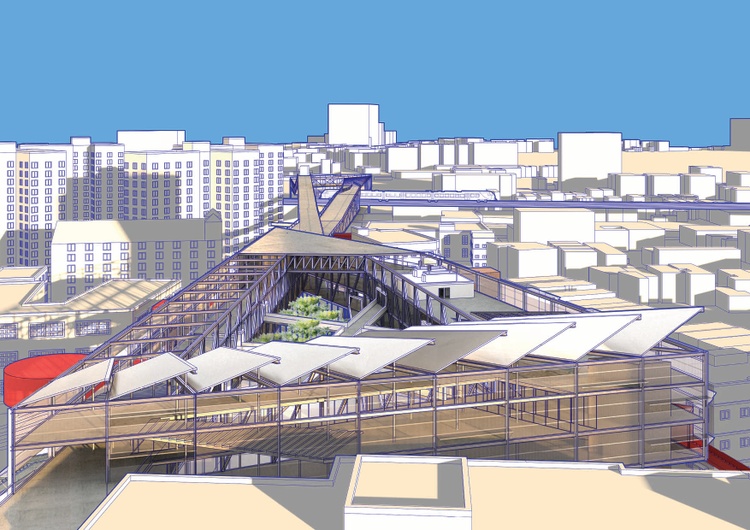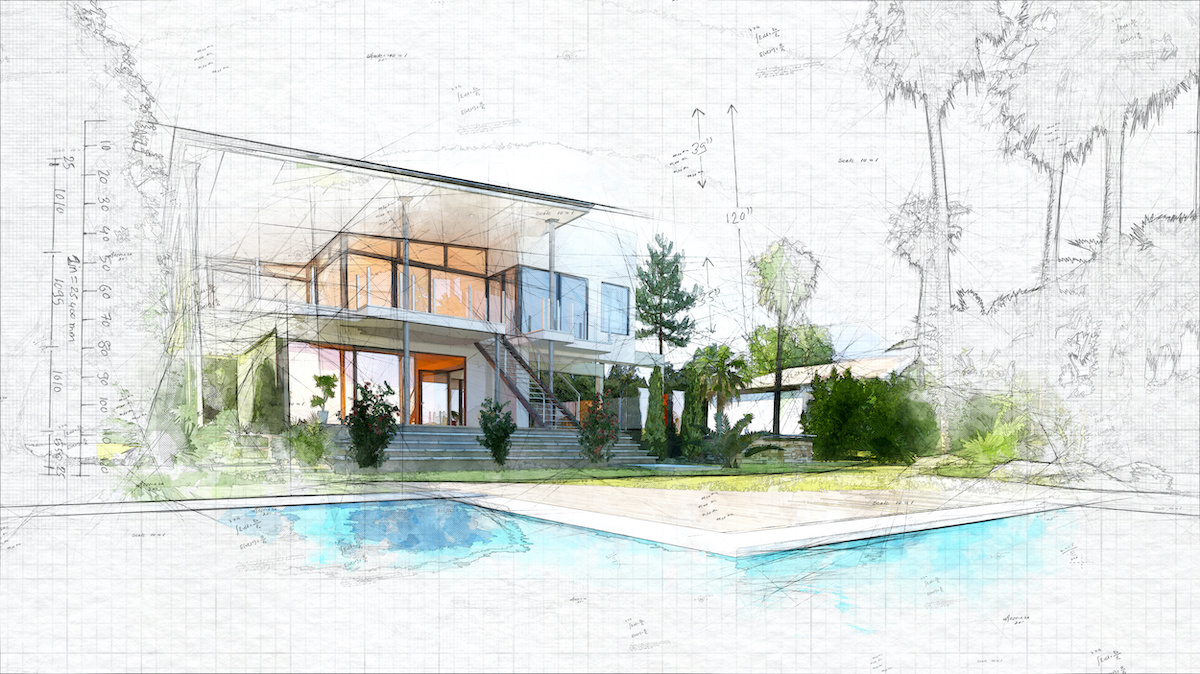A Detailed Overview of Architectural Designs and Their Influence on Modern City Planning and Growth
Architectural designs have actually long served as a mirror to the social worths and technological advancements of their time, playing a critical role in forming modern-day city preparation and growth. From the magnificence of Neoclassicism to the utilitarian technique of Brutalism, each design has introduced unique principles that affect urban aesthetic appeals and performance.
Historic Review of Architectural Designs

As societies transitioned via the Middle Ages, Gothic style emerged, characterized by its verticality and complex detailing, mirroring the spiritual ambitions of the era. The Renaissance noted a resurgence of timeless perfects, combining art and design in cutting-edge methods that affected succeeding designs across Europe.

Today, architectural styles remain to evolve, driven by globalization and sustainability worries, showing a vibrant interplay between heritage and innovation. This historic introduction emphasizes the significance of style as a mirror of societal advancement and as a driver for urban advancement.
Secret Architectural Styles Explained
The variety of building designs shows the myriad impacts that form our developed setting, each symbolizing distinctive features and social relevances. Key architectural styles consist of Classic, Gothic, Baroque, Innovation, and Postmodernism, each representing one-of-a-kind historical contexts and aesthetic philosophies.
Timeless design, rooted in old Greece and Rome, stresses symmetry, percentage, and using columns (cda architects). On the other hand, Gothic style, flourishing between Ages, is defined by pointed arcs, ribbed safes, and flying buttresses, creating a heavenly quality in sanctuaries. Baroque design, arising in the 17th century, is noted by grandeur, elaborate decoration, and a vibrant interaction of light and darkness
Innovation, which acquired momentum in the very early 20th century, focuses on function over kind, using new materials like steel and glass to create minimal structures. Postmodernism, responding versus the austerity of Innovation, embraces eclecticism and historical referral, typically incorporating lively components and paradox.

Effect On Urban Planning
In shaping the growth of cities, architectural designs significantly affect metropolitan planning choices. The option of building style commonly dictates the visual appeals, capability, and total personality of city atmospheres.
Additionally, architectural designs can impact zoning policies and land make use of plans. Urban coordinators should consider the dominating architectural trends when developing areas, guaranteeing that new growths harmonize with existing structures. This consideration promotes natural city landscapes and improves community identity.
The execution of particular architectural styles can also check out this site influence socioeconomic elements within a city. For example, high-end contemporary designs might draw in affluent residents and services, bring about gentrification, while a lot more affordable housing remedies might prioritize useful and sustainable designs to suit diverse populaces. Eventually, the interaction in between building designs and metropolitan preparation creates vibrant cities that reflect both historic context and modern needs, shaping the lived experiences of their occupants
Sustainability and Modern Style
Architectural styles play a pivotal function in resolving contemporary challenges, specifically in the world of sustainability. As metropolitan locations broaden and ecological worries intensify, contemporary style increasingly accepts lasting design principles that prioritize power efficiency, resource preservation, and very little environmental effect.
Contemporary building motions, such as biophilic design and environment-friendly style, supporter for frameworks that integrate with their surroundings, utilizing all-natural materials and advertising biodiversity. Website These styles often integrate sustainable energy sources, such as solar panels and wind generators, to minimize navigate to this website reliance on fossil gas and lower carbon impacts.
Moreover, the assimilation of advanced technologies, such as smart structure systems, improves energy monitoring, enhancing resource usage while making sure resident comfort. Cutting-edge water monitoring methods, consisting of rainwater harvesting and greywater recycling, additional add to lasting urban environments.
Notably, sustainability prolongs past ecological concerns; it includes social and financial measurements. By cultivating area wellness and advertising inclusivity, contemporary building designs line up with lasting growth goals. Consequently, the advancement of building methods remains to form durable cities that not only satisfy the requirements of the present yet also safeguard the future for generations to come.
Community Interaction in Style
Neighborhood involvement in style acts as a vital bridge in between architects and the populations they serve, guaranteeing that the built setting shows the requirements and desires of its users. This collaborative procedure welcomes area members to add their understandings and choices, promoting a feeling of possession and duty toward the rooms they live in.
Reliable area involvement uses various approaches, such as workshops, surveys, and public online forums, to collect diverse perspectives. These strategies help with a two-way discussion, enabling designers to recognize neighborhood contexts while empowering locals to articulate their issues and desires. This inclusivity not just boosts the style quality yet additionally promotes social equity by dealing with the distinct difficulties encountered by marginalized teams.
In addition, community involvement can lead to innovative solutions that could not arise in a traditional design procedure. By incorporating local knowledge and cultural values, engineers can create areas that reverberate more deeply with customers, improving functionality and sustainability. Ultimately, prioritizing area engagement in layout procedures causes settings that support social interactions, assistance wellness, and reinforce area ties, thereby playing a critical duty fit modern-day metropolitan landscapes.
Final Thought
Architectural designs have exceptionally influenced modern-day city preparation and growth, mirroring progressing cultural and technological contexts. As cities continue to grow and adjust, the ongoing dialogue between building heritage and contemporary design concepts will certainly remain necessary in developing comprehensive, lively rooms that improve high quality of life and promote social equity.